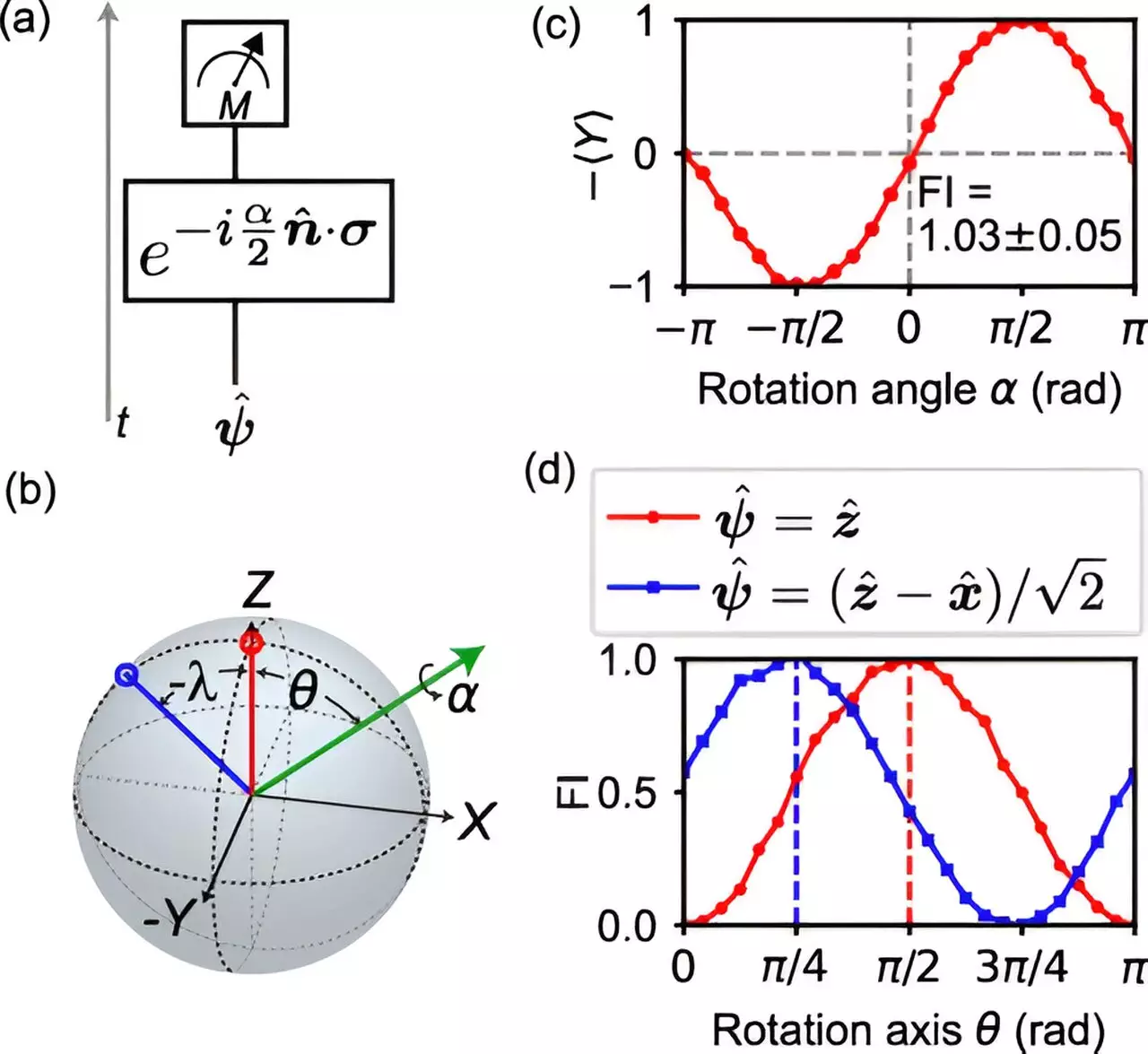For centuries, humanity has dreamt of traversing the fabric of time itself. While traditional physics primarily restricts us to the present and the future—mainly due to the unstoppable march of causality—quantum physics offers captivating glimpses into a realm where these boundaries might blur. The notion that we could utilize the peculiar properties of quantum entanglement to retrieve data from the past challenges our very understanding of reality and expands the horizon of what might be achievable. It’s a tantalizing prospect: instead of physically traveling through time, perhaps we could, through advanced quantum sensors, glean insights about historical events with unprecedented precision.
Quantum Entanglement as a Double-Edged Sword
At the core of these groundbreaking developments is quantum entanglement, often described as “spooky action at a distance” by Einstein. When two particles are entangled, their properties become so intertwined that measuring one instantly influences the state of the other, regardless of the spatial separation. This enigmatic phenomenon is the foundation upon which the concept of “quantum hindsight” is built. Researchers have crafted an intriguing experiment where measuring one particle reveals information about the unmeasured partner in a way that defies classical logic—essentially allowing us to peer “backwards in time” within the quantum domain.
In practical terms, scientists prepare pairs of entangled qubits in a singlet state—spins aligned in opposite directions. By manipulating one qubit with a magnetic field and measuring its entangled partner, they observe that information about the past interactions can be inferred from the present measurement. This process effectively serves as a “time capsule,” capturing data about earlier states of the system, not through conventional signals, but via the intrinsic properties of quantum entanglement itself.
Revolutionary ‘Hindsight’ in Quantum Sensing
This innovative approach isn’t just a philosophical curiosity—it has tangible implications. Traditional magnetic field measurements are often hindered by the probabilistic nature of quantum mechanics, leading to a significant one-in-three chance of measurement failure due to the alignments of spins along different axes. The brilliance of the quantum “hindsight” method is that it allows scientists to retroactively determine the optimal measurement basis by exploiting the entanglement. Essentially, by measuring the ancillary qubit, researchers gain a form of quantum “foresight”—sensing the best possible conditions for measurement after the fact.
This approach transforms how we think about quantum sensors. Instead of merely capturing real-time data, we can now consider building devices that use entanglement to “look back” and refine their measurements, dramatically increasing the accuracy and reliability of data collection. Such sensors could revolutionize fields that rely heavily on precise measurements, from astrophysics—detecting faint cosmic signals—to advanced materials research, and even navigation systems that require ultra-sensitive magnetic field detection.
Broader Implications and Future Horizons
While the experiment is confined within the strange but fascinating laws of quantum mechanics, its implications extend far beyond. If we can leverage entanglement to access information about the past, even in a limited scope, it opens the door to a future where quantum technologies dramatically enhance our understanding of the universe. For instance, imagine sensors capable of uncovering ancient cosmic events or Earth’s hidden magnetic secrets, all through a method that redefines the foundation of measurement itself.
However, it’s vital to recognize that we shouldn’t overreach. The idea of practical “time travel” remains firmly rooted in the realm of science fiction—at least for now. What is happening instead is a subtle, revolutionary shift: exploiting the non-intuitive, non-classical features of quantum physics to achieve results that mimic a form of observational “retrospection.” This doesn’t mean traveling back in time physically but rather building tools that can retrospectively access data otherwise lost to the flow of time.
Ultimately, the progress in quantum “hindsight” demonstrates an extraordinary leap in human ingenuity. By daring to think beyond classical limitations, scientists are not just pushing the boundaries of measurement—they are challenging the very notions of time, causality, and reality itself. Whether these developments lead to practical technologies or fundamentally alter our philosophical perspective on the universe remains to be seen, but what’s clear is that we’re on the cusp of a new era in scientific exploration—one where the quantum realm can, in a way, make the past accessible to us in the present.

